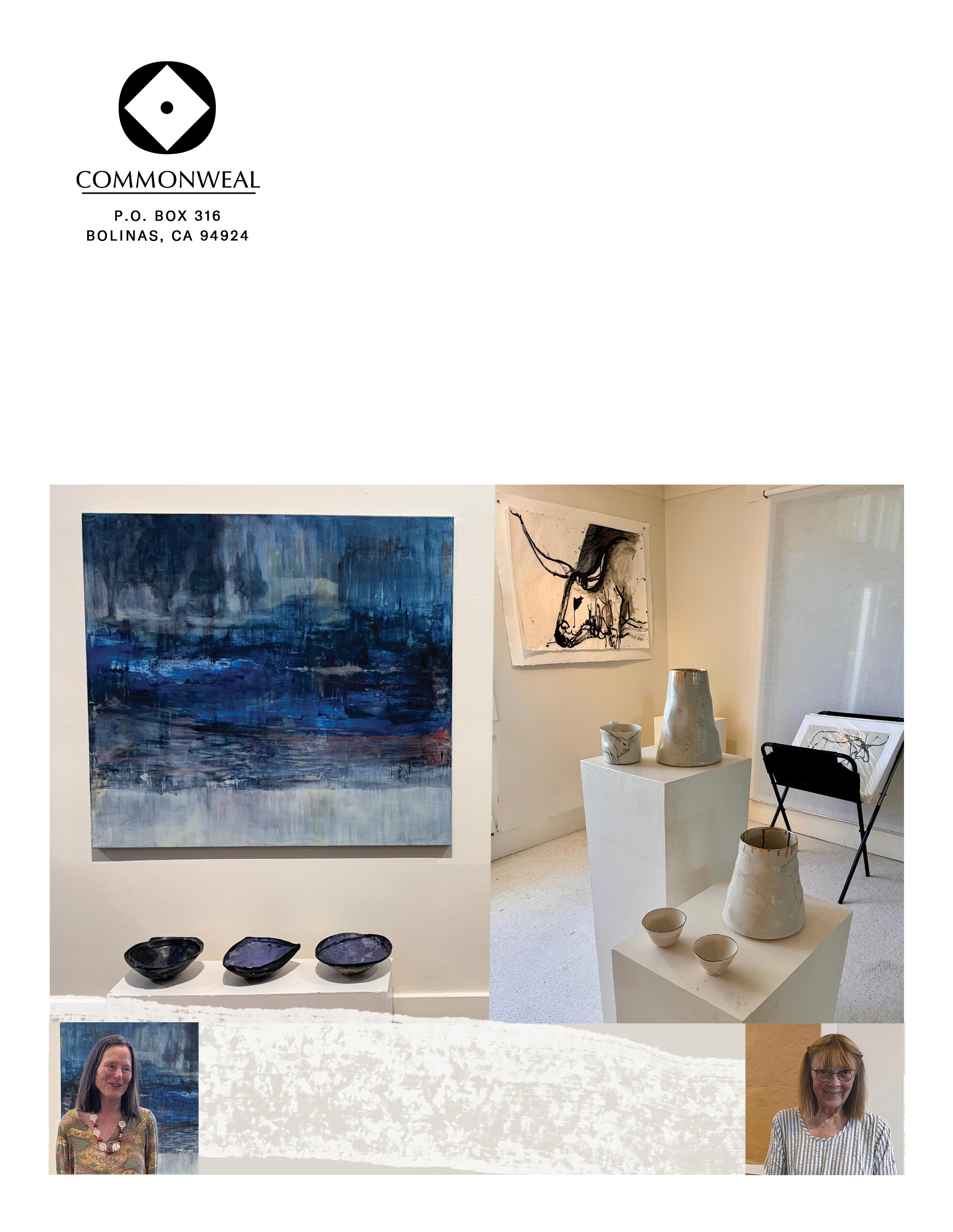




Dear Commonweal Friends,
As I write this, the first rain just ended our fire season in Northern California. This first rain— after the dry season of four or five months—is greatly anticipated in the Bay Area, uncovering new scents, and refreshing the landscape. It is a familiar moment, arriving each fall, and there is a comfort in that consistency. So far, it has always shown up.
Elections also hold a kind of rhythm: they happen every other year, at the same time in early November. We know that the future ahead of us will be full of challenges. We knew that in late October, and we know that now. Our work at Commonweal is to stay committed to healing and resilience, and remain agile and nimble as the circumstances of our communities change.
At Commonweal, we have learned that obstacles and opportunities come and go. For almost 50 years, we have persevered and flourished through these cycles—weathering individual, community, and global changes, suffering, and loss—always moving toward wholeness and healing.
We believe that this resilience is the key to adapting to changing circumstances, and the key to moving toward the world we want to live in. We will continue to lead and be of service to all communities, to provide research and healing, nurturing leadership and housing programs aligned to our core values. The Commonweal land will be stewarded with joy and our work with fierce determination.
This is our calling: to cultivate the soil and sow the seeds for the world to be.
In this magazine, we want to share just a few of the stories that Commonweal is currently helping to tell: stories of resilience in the face of change, of community healing, of innovation, of transforming conflict, and of movement toward greater understanding.
Commonweal’s work—almost 50 years in our Bay Area and communities, and now taking place with partners in Berlin, Buenos Aires, Benin City, New Delhi, and all around the world—cannot happen without your support. Our healing and cancer work, environmental health, and youth work need your support. You are a critical partner in our work. This fall especially, as changes swirl through our nation, your donation is a positive step toward healing, resilience, and community.
Michael founded Commonweal with a mission of healing ourselves and healing the earth. That mission is as apt now as it was in 1976. Together with our program directors, stewardship circle, the Commonweal staff, and Board of Directors we will stand our ground and dedicate ourselves to make our calling a reality.
With gratitude and love, Oren Slozberg

Dear Commonweal Friends:
Many of us woke up on November 6 to a new world. I write you on that morning.
Commonweal is a non-partisan and, indeed, transpolitical community. We have friends and supporters for our work across a wide spectrum of political views both in the United States and around the world.
That said, we have core values. We care about healing. We care about the earth. We care about the poor and the dispossessed. We care about the continuing evolution of humanity toward a mature planetary civilization. And, in our relationships with each other, we care about kindness, consciousness, and dedication to service.
Much is unknown about where we will be when this magazine reaches you. What I can say is this. For many years one of my visions of Commonweal was that we were like an ambulance corps that went out onto the fields of battle tending to the wounded on all sides.

This has been especially true of our healing work. In our 225 week-long Cancer Help Programs over the past 40 years, we always and explicitly leave our politics outside the door. Politics, I explain, divides us. Deep healing work takes place where we find what we have in common. When people face life-threatening illnesses, they understand that instantly and implicitly.
That is where my core dharmic work has been for 50 years. Not only in the Cancer Help Program but in much of our policy work as well. As we have worked to reform California juvenile justice, provide end-of-life care in California prisons, protect California fisheries, and reform environmental health policies, we have always and unfailingly worked with friends, partners, and even those whose work is to oppose us with respect for differences and a search for what we can do together.
Come what may in the months and years ahead, that should be our mission and guiding light. To heal, to learn, and to find ways to serve together.
As some of you know from my Fall Letter, I am stepping down as chair of the Commonweal Board on the Winter Solstice. Fifty years ago I looked out at the Commonweal site from Poplar Road in Bolinas and had a vision of a center for healing ourselves and healing the earth.
I have full confidence in Oren Slozberg, the Commonweal Board, and Oren’s Stewardship Committee to guide Commonweal forward. We need their fresh leadership to take Commonweal into its next half century.
I remain an advisor to Oren and the board. I remain engaged with a dozen Commonweal projects, especially the Cancer Help Program, CancerChoices, Healing Circles, the Omega resilience projects, and The New School. I also remain active with the Jenifer Altman Foundation. There is no shortage of good work to do.

The first is simply to continue to serve the work described above, especially our work in healing.
The second is our work on the global polycrisis which has now descended on us in full force. And the third is the vast frontier of consciousness research. Let me speak briefly to that last endeavor.
Physics and metaphysics are rediscovering the web of relationships between psyche and cosmos. Does consciousness simply bubble up from random evolutionary processes as an epiphenomenon of the brain? Or is consciousness a fundamental element embedded in the nature of the cosmos?
Continued on page 15

“Imagine you are in an aging public school classroom with 30 elementary students. No one is facing forward and everyone is squirming in their seats. You put up an image of a young girl walking with a bear past graffitied doors. There is a sucked-in-breath moment of surprise. You wait, maybe even count silently to five, and then you ask, ‘What’s going on in this picture?’”
That is how Tara Geer describes starting a Visual Thinking Strategies session. Tara, an artist and the director of Commonweal’s Visual Thinking Strategies (VTS) program, says, “What comes next is always a surprise. If I get it right, I have the honor of hearing the unique minds in that room grappling, judging, wondering, looking, listening—and a weaving together of the real diversity of that classroom.”

VTS is a deceptively simple, research-based teaching methodology that depends upon skilled and attentive facilitation. VTS uses the power of art to engage people in an open dialogue—because research shows we may have more to learn from each other than from the person at the front of the room.
The process employs just three questions: What’s going on in this picture? What do you see that makes you say that? What more can you find?
This strategy, along with a set of additional skills including listening, paraphrasing, and linking ideas, allows the various kinds of intelligence of the group to emerge.
The VTS program is a part of YEA!, Commonweal’s new youth arts and education initiative, a collaborative of programs grounded in the belief that art can change lives for children.
“These discussions have been happening in museums and schools and universities all over the world for decades,” describes Tara. “Talking about art is not most people’s idea of learning, but, it turns out, that is a fundamental misunderstanding about what constitutes real learning. Learning is a lot messier and a lot richer than the correctly worded paragraph teachers are trained to give an ‘A.’”
VTS is based on decades of academic, museum, and classroom research into how we make sense of what we see, how we learn to see more meaningfully, what teachers can do effectively in these areas, and what sticks—but the art of VTS lies with the facilitators. VTS facilitators are trained to be deep, active listeners who must contain a space that encourages expression and open dialogue. Conversations can become heated, powerful, and transformative.
Facilitators learn to hold back their own biases and judgements, resisting the urge to lead or insert their own understanding. The deceptively simple method requires intense attention, restraint, and self-awareness.
The effects on participants, which are still being documented in ongoing academic research, can be profound. Children improve their critical thinking skills and their abilities to observe, engage, reason, and communicate. This can translate to meaningful improvements in school which can have profound positive impacts on their lives—not just the personal abilities to think and see and express themselves, but also the opportunity to pursue their dreams.
Why does VTS help so much?
“Thinking and seeing are not distinct,” says Tara. “This is something artists have always known, but maybe others dismissed. We are thinking when we see. The backs of the eyeballs are lined with neurons not only delivering data to the brain proper but massively editing that data, sorting, and selecting. Also, we are seeing when we think—imagining, planning, categorizing, remembering, dreaming. If we can see the world better,

Visual Thinking Strategies: vtshome.org
Partners for Youth Empowerment: partnersforyouth.org
Power of Hope youth camp: ccc-commonweal.org
Collaborations: Teachers + Artists: cotaprogram.org (joining Commonweal in January)
we can know the world better. And if we know it better, we see it better. There is no line between thinking and seeing.”
“When we are asked in a VTS discussion ‘what do you see that makes you say that?’ we have to re-look, we have to construct an argument with visible detail. And as we listen to our peers disagree, build on what we saw, we have to reconsider, rework, reconstruct our thinking/seeing a little more soundly. VTS is like push-ups for visual cognition.”
Tara grew up immersed in the power of VTS. Her mother, Abigail Housen, was a Harvard-trained education researcher whose decades-long cataloging of all the things people say in front of artwork defined the landscape of aesthetic development, or what we now call visual cognition. For more than 30 years, Abigail researched not just what experts see in art, but the much wider array of what everyone sees, including beginners.
Tara grew up around VTS trainings in her kitchen, her mother’s research projects, and academic debates. She became an artist and an instructor at Columbia University Teachers College, but it wasn’t until near the end of her mother’s life that Tara came to truly recognize the impact of Abigail Housen’s work.
As she gained experience, Tara realized that VTS has the biggest effect on students who have trouble academically, who are from marginalized cultures, or who are atypical in other ways—for example, those who are just learning English. She saw the potential of her mother’s work to meet the needs of children who are consistently falling behind. And she saw VTS as a concrete method for teachers to be inclusive, student-centered, and culturally responsive.

And in those public school classrooms, with teachers just trained, Tara could feel—as the hairs stood up along her arms—the power of real diversity when child after child raised their hands for the first time and shared. This led Tara to work on research in the Boston Public Schools about VTS and
learning readiness. And when the role of director of the VTS program at Commonweal opened up, a donor offered to pay half her salary if Tara took the job.
While VTS is now practiced with adults and children alike and in a wide range of settings from museums to medical schools, Tara wants to re-center the work where it can have the biggest potential impact: addressing the achievement gap for school-age children.
“My mom, Abigail Housen, didn’t like being the center of attention. And I think she may have happily felt that if she spent her life chewing over every way non-experts make sense of art, she could do something that mattered a lot to her, but probably not to anyone else. It was her way of finding a side lane. What has become clearer and clearer is that that side lane went right through the center of how we make sense of the world around us,” says Tara. “VTS is so simple and so powerful. It needs to be brought into schools so all kids can feel how important their perspectives are, how much it matters that they share, and so ultimately we can live in a world where everyone can grow up to be thinkers and see-ers in their own right.”
Learn more about Tara Geer’s drawings: Tarageer.com

In May of this year, Cassandra Ferrera celebrated on a Zoom call with members of the Winnemem Wintu tribe, their lead fundraiser, and a team of solidarity attorneys from the Sustainable Economies Law Center, as they finally transferred the title of 1,100 acres of Winnemem Wintu land into Sawalmem, the tribe’s newly formed legal entity. These special lands are adjacent to their current ranch on Bear Mountain just outside of Redding, California.
It was a quiet moment, but represented a considerable accomplishment: two years of groundbreaking work by the tribe; their legal team; Cassandra, the tribe’s real estate strategist; and the local community. The Winnemem Wintu people, unrecognized by the Federal government—and now an unincorporated association with church status conferred by the IRS—were exercising their hard-won legal right to hold land title in a manner consistent with their cultural lifeways.
The Winnemem Wintu tribe is a small but mighty tribe who has been fighting for almost a decade to reintroduce their sacred salmon, the winter-run Chinook, to the McCloud River in what is now called the Shasta Cascades. As a cultural practice of caretaking the land and water over millennia, the tribe ensured the safe travel of the Chinook upstream to reproduce. But their land, and many of their sacred sites, were flooded when the Shasta Dam construction began in the late 1930s.
From a Vox article last year:
"The tribe dedicated themselves in 2016 to restoring the winter-run Chinook salmon population through a 300-mile prayer journey, working on new passage plans for the fish that avoid the dam, and collaborating with the Maori peoples and biologists of New Zealand, home to the genetic descendants of the Chinook salmon. In May 2022, the Winnemem Wintu signed a co-stewardship agreement with NOAA Fisheries to scale up their efforts. The tribe also deposited 40,000 eggs in the McCloud River from California state hatcheries last year."
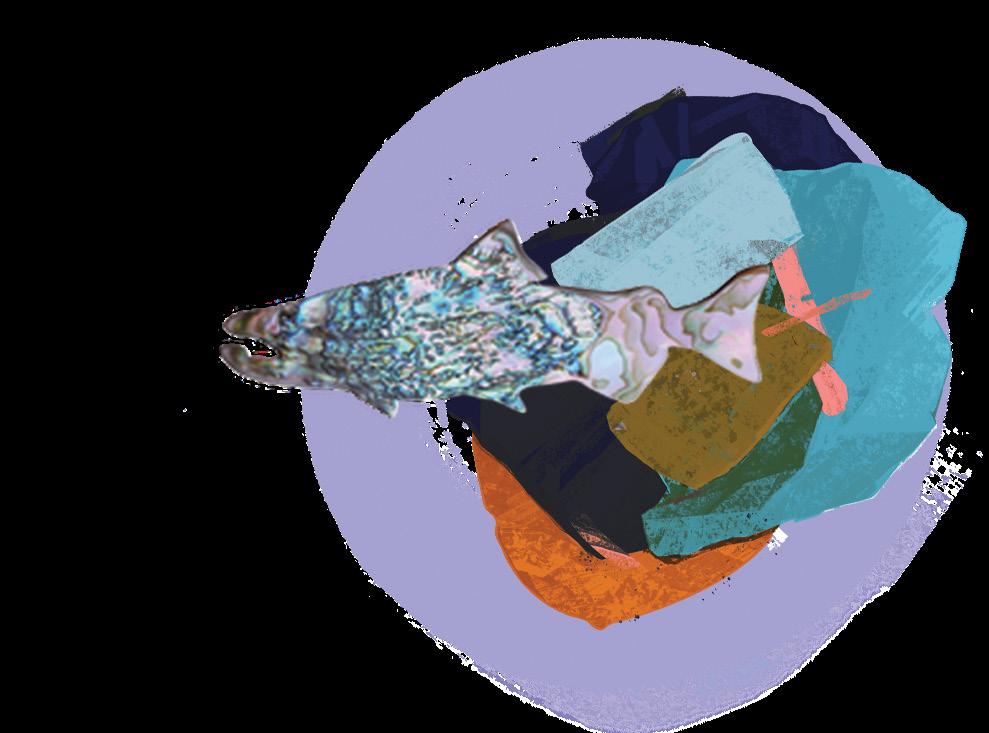
Cassandra Ferrera, co-founder and director of Commonweal’s Center for Ethical Land Transition, was introduced to the tribe’s Chief Caleen Sisk during a project in 2021. She was struck by the dedication of the tribe to their ancestral homeland and waters, and their unfailing determination in the face of every government and legal deterrent. With funding from the Wend Collective, Cassandra worked for two years as part of a legal team with the Sustainable Economies Law Center to find a solution to a problem facing many unrecognized indigenous tribes: how to secure land titles for an entity not recognized by the federal government or known to title companies.

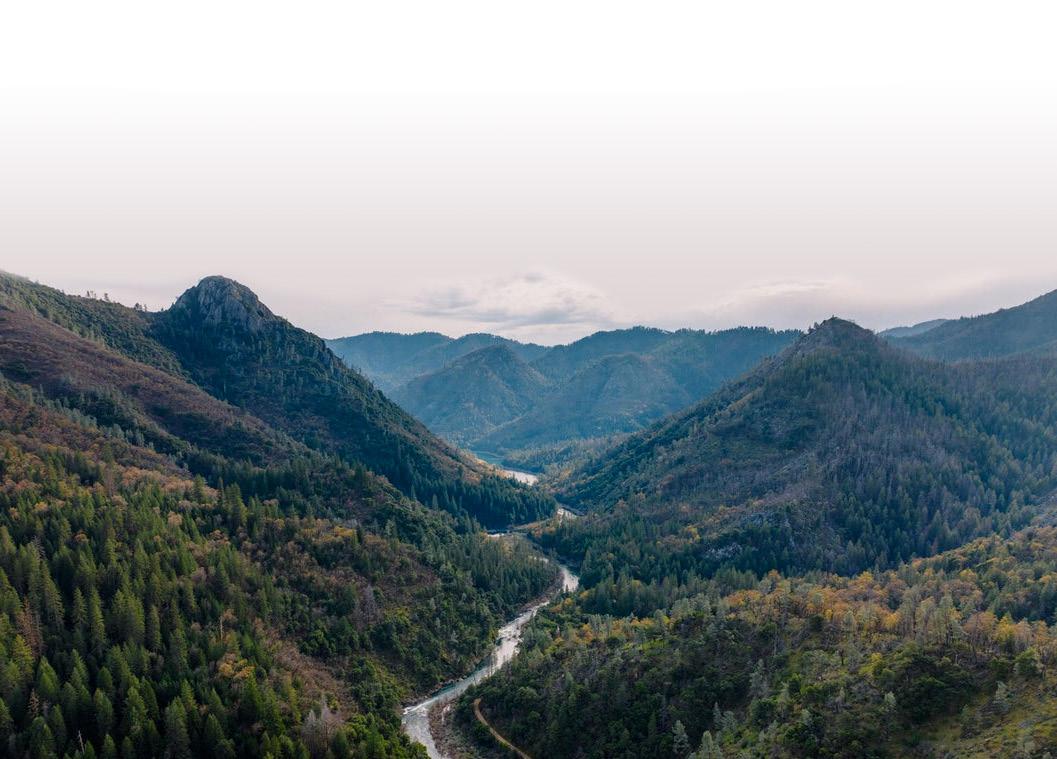
First, the legal team helped them to create a landholding entity called Sawalmem, a word that translates to Sacred Water.
“There are plenty of smaller tribes that are not federally recognized that are going through the process of rematriation,” Cassandra said. “The Winnemem Wintu couldn’t hold title as a 501c3 because of their cultural structure: they did not want to conform to the requirements of a non-profit. They needed a legal entity that would allow them to hold title as they reacquire their land, and to self govern, as a tribe.”
Once Sawalmem was an entity, the team worked to educate and convince the title companies to recognize Sawalmem.
“During this whole process, we were working to center indigenous mindset rather than the real estate narrative, and many things had to be different,” Cassandra said. “Our multi-stage strategy was to first have a recognized non-profit, Canticle Farm in Oakland, act as fiscal sponsor for that 1,100 acres—we didn’t want to risk the title company having an issue with Sawalmem, or any racism from the neighboring community toward the tribe. Once the title was in the hands of Canticle Farm, we could then move it into Sawalmem.”
They closed escrow on the Canticle Farm purchase last year, and moved the title to Sawalmem in May.
“It was a very subtle moment: Salalmem closing escrow on its own—not with a fiscal sponsor, but acting on its own behalf to support Chief Caleen and the tribe,” said Cassandra. “It was bittersweet: the fact that we had to spend so much time on this at all, but also recognizing that we did it. That thing that we saw was needed, that we had to do, we had done it….and it’s important to acknowledge and to celebrate.”
This was a first step in the tribe’s vision toward rematriation. With this first purchase under their belts,
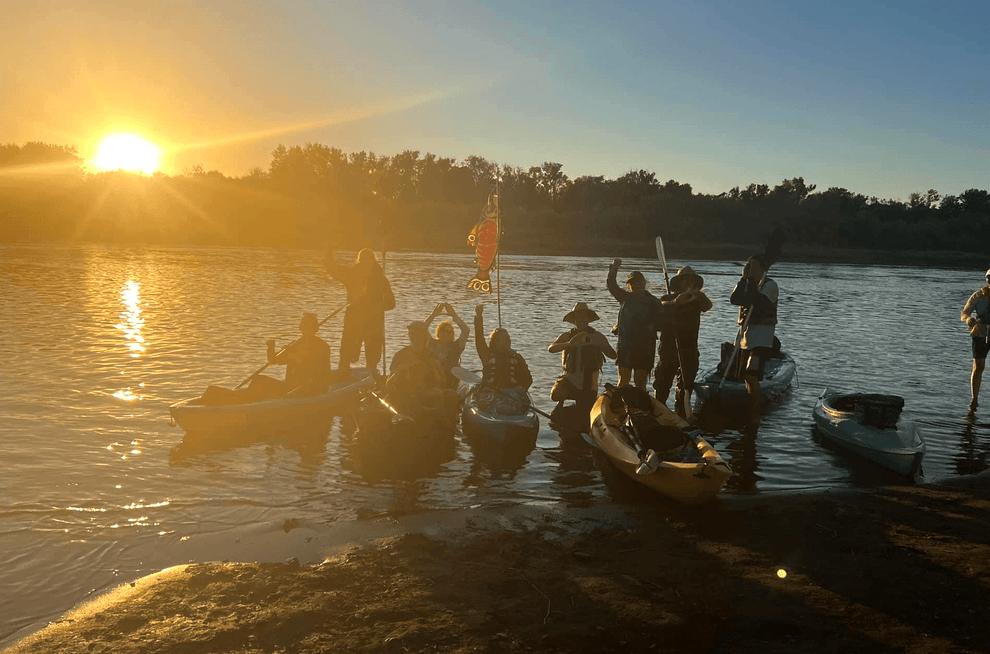
the tribe is now ready to move on to the next, much larger goal: acquiring 3,500 acres of land along their sacred McCloud River.
“We appreciated Cassandra and the Center for Ethical Land Transition team as committed partners, joining us on this journey in a time when we didn't know when or how it would happen,” Chief Caleen Sisk said. “We appreciate the spirit of prayerfulness and togetherness they embodied throughout the journey. The trust, the partnership, and the commitment they demonstrated has really helped us reach a new level of faith that has opened up doors and possibilities.”
The work with the Winnemem Wintu tribe is just one of the Center for Ethical Land Transition’s projects, exploring ways to decommodify, rematriate, and increase accessibility to land for Indigenous, Black, and people-of-color communities. Other projects this year include the successful facilitation of a complex land transition near Nevada City, CA between a Quaker group and the Nevada City Rancheria Nisenan Tribe and work on their first in-house ethical land transition online journey—a course that will share their model for working toward ethical land transition.
The Center for Ethical Land Transition is one of several programs at Commonweal that support our connection to, healing with, and stewardship of, our lands and waters. Find out more about these programs:
Natura Institute for Ecology and Medicine: naturainstitute.org
Commonweal Retreat Center: commonweal.org/retreats Center for Ethical Land Transition: centerelt.org
Retreat Center Collaboration and the Racial Healing Initiative: retreatcentercollaboration.org



At the Marin City Library, a group of more than 45 children—kindergarteners to 2nd graders—spread out on the floor in happy chaos, coloring with markers and trying on sleeping masks. Each day of this summer program, as part of their literacy curriculum, they were paired with local high school students to engage with their Healthy Futures activity books, which has ideas for laughter yoga, scavenger hunts in nature, healthy foods, and other ways to “move more, eat healthy, get enough sleep, and feel better.”
These young children were in a Healthy Futures pilot program of Zero Breast Cancer, which is newly part of Commonweal’s Collaborative for Health and Environment. The activity book, available in English and Spanish, empowers kids ages 5-7 to improve their own health and gives caregivers tools to support healthy behaviors. While the Healthy Futures program focuses on healthy behaviors and does not bring up puberty or breast cancer, its goal is to reduce the risk of early puberty and lifetime breast cancer risk.
The kids in the summer 2023 pilot program—many of them an underserved population in Marin City, California—looked forward to it each day and loved their booklet, according to the summer program teacher, Hope Feldman.

“They loved many of the activities,” Hope said. “They loved the nature scavenger hunt…they walked right up a steep hill! They loved trying different flavors of water. They loved the activities and crafts—and the laughing yoga, laughing all together was really fun.”

Lianna Hartmour, program and communications director for Zero Breast Cancer, points out that healthy behaviors before puberty reduce the likelihood of early puberty in cis-gendered girls, which decreases their lifetime breast cancer risk. When healthy behaviors are maintained while breasts are developing, it reduces lifetime breast cancer risk, too. Although breast cancer is most common in cis-gender women, this program was designed for kids of all genders so that it can be used in mixed-gender groups and because any person can get breast cancer.
The Healthy Futures activity book highlights moving more, eating healthy, getting enough sleep, and managing stress—but exposure to harmful chemicals is
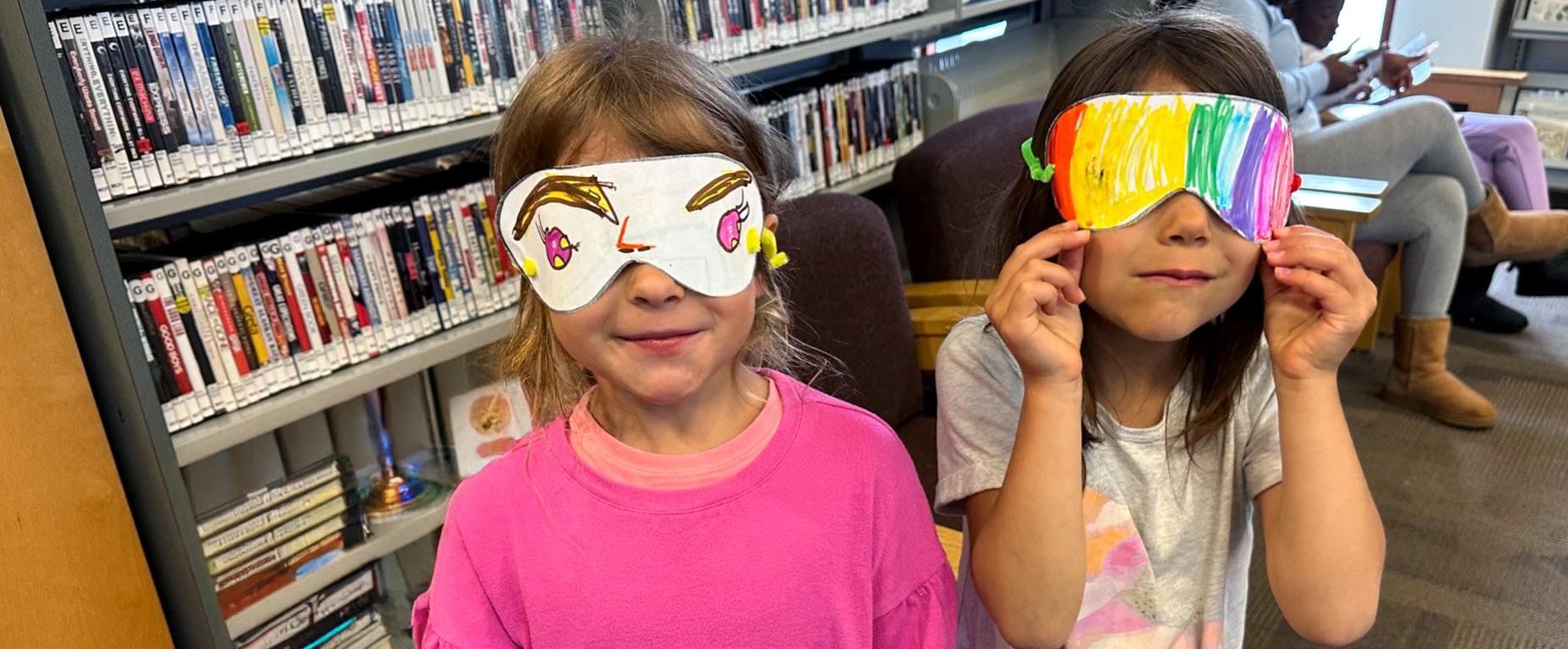
also a factor in increasing the risk of early puberty and breast cancer later in life.
“The developmental psychologist we consulted advised waiting to talk about chemical exposures with children until they are older,” said Lianna. “But we highly recommend parents and caregivers reduce kids’ exposure to toxic chemicals at the earliest possible age.”
A variety of resources on Zero Breast Cancer’s website target different populations and ages. Most are available in English and Spanish, with some also in Chinese, Tagalog, and French. Healthy Futures empowers kids ages 5-7 to engage in healthy behaviors, Girls’ New Puberty offers tips for parents and caregivers of girls ages 5-13, and their Generations initiative is targeted at young adults, helping them to make decisions that reduce toxins through pregnancy and beyond.
Their resources for the young populations reach kids in after-school programs (who get zipper pulls for their accomplishments), Girl Scout troops (who get a patch when they complete activities), and social media—a Girl Scout influencer on Pinterest took the Healthy Futures activity book viral in early 2023 and the post continues to direct people to the resource today. More than 5,000 prizes have been requested through the programs, and feedback from parents, caregivers, teachers, and afterschool program leaders has led to updates in the activity book that will reach even more students and scouts.
Zero Breast Cancer reaches other populations as well, including breast cancer survivors, with downloadable factsheets, webinars, coaching, and other printed materials.
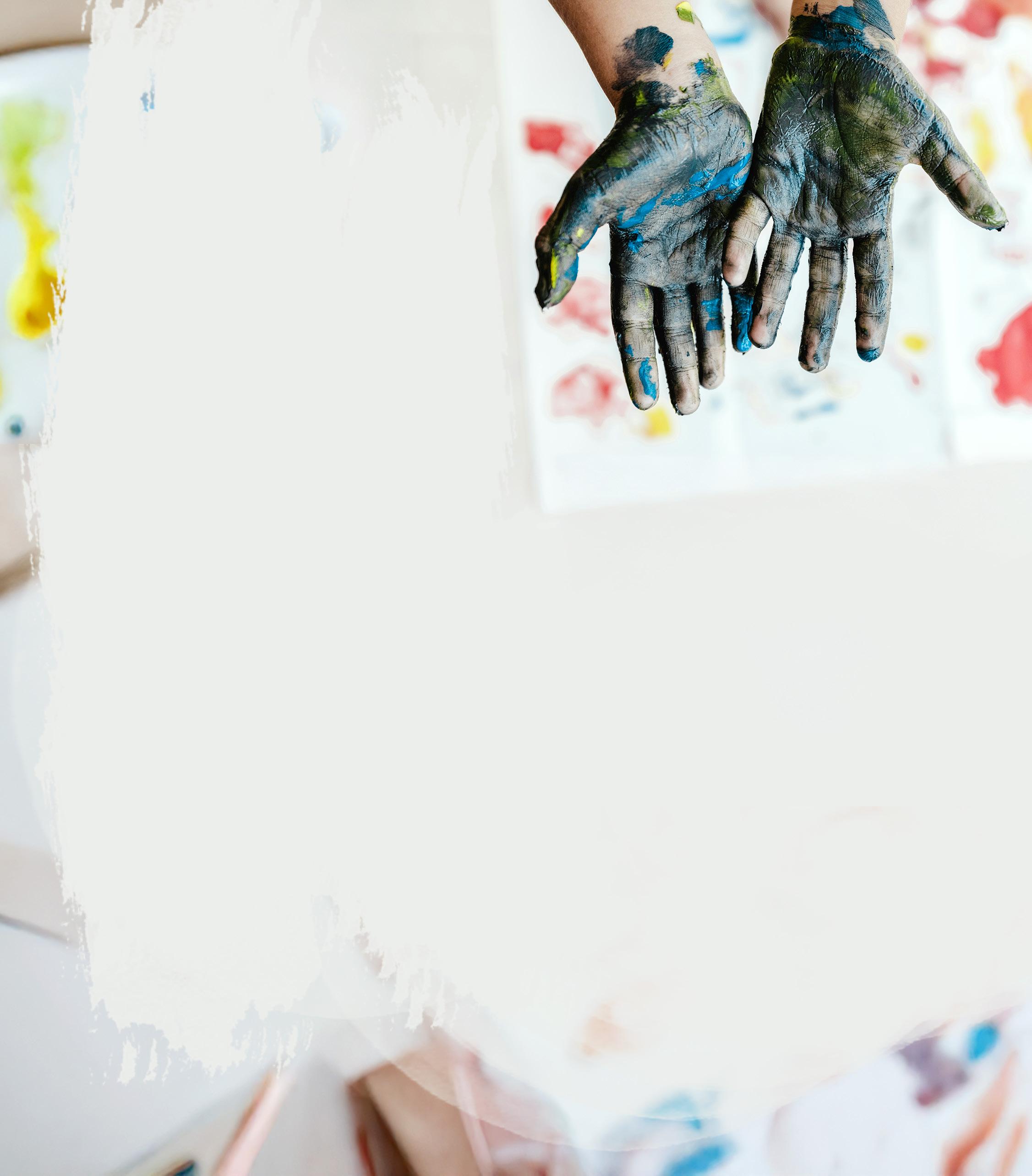
Zero Breast Cancer, part of the Collaborative for Health and Environment (CHE), is one the Commonweal programs that do groundbreaking work and offer rich resources in the realm of whole-person cancer care. Others include:

rich history of grounding our work in community concerns will be strengthened now that we are a part of the Collaborative for Health and Environment at Commonweal. We are actively gathering input for our latest initiatives, including videos about the impact of toxic chemical exposures and our health and wellness coaching program.”
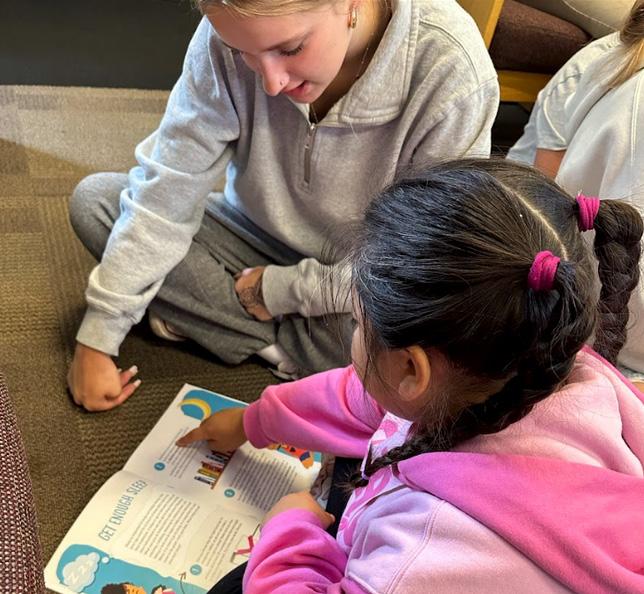
Commonweal Cancer Help Program: cancerhelpprogram.org
Biomonitoring Resource Center: commonwealbiomonitoring.ngo
CancerChoices: cancerchoices.org
Collaborative for Health and the Environment: heathandenvironment.org
Healing Circles Global: healingcirclesglobal.org
SafetyNEST Science: safetynestscience.org
The New School at Commonweal: tns.commonweal.org
Zero Breast Cancer: zerobreastcancer.org
Like all rivers, River Rwizi in Western Uganda is a lifeline. When industrial pollution began entering the river system, one of the most pressing challenges for the local community was the contamination of critical farmlands along the riverbanks. And then something inspiring happened: the young people in the region took action. And they didn’t just host the conventional river clean-up or raise awareness, they set off a ripple of actions that is inspiring a new agroecology movement in the region.
Agroecology is the art and science of farming in line with ecosystems’ limits, combining both scientific and indigenous knowledge for sustainable agricultural practice. It promotes regenerative farming practices, relying on ecological processes and nutrient cycles adapted to local conditions rather than dependence on external inputs.
Gerald Barkeye, a fellow in Commonweal’s Omega Resilience Awards (ORA) program, helped to mobilize the campaign to clean up the river, and in 2020 he established the youth-led Centre for Environmental Research and Agriculture Innovations (CERAI) as a direct response to the River Rwizi campaign. CERAI is now an established advocacy arm, mobilizing youth to protect and restore the river and its surrounding environment.
As CERAI grows, it is broadening its scope to address environmental issues throughout Uganda. Committed to conserving the environment and biodiversity, the organization conducts policy research and advocacy
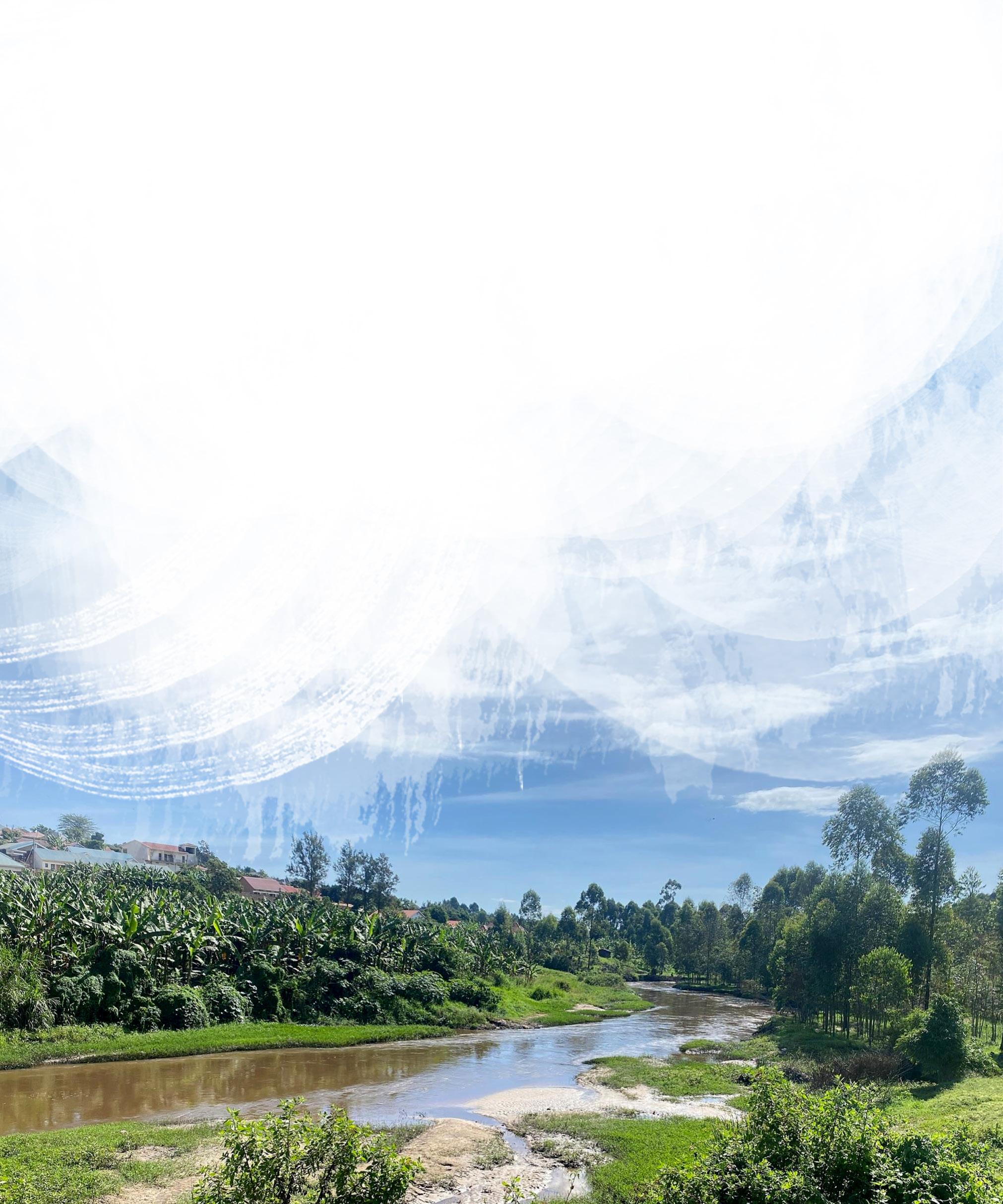
to influence environmental, energy, and agricultural policies for the benefit of local communities.
In Uganda, more than 23,000 households have been displaced to make way for oil pipelines, affecting people who rely on agriculture for their livelihoods. Agricultural productivity is low in the area, and food insecurity is high. New, sustainable agriculture practices are needed that prioritize environmental stewardship and enhance resilience in food systems.
Gerald notes, “Despite Uganda’s rich agricultural potential, the country’s agriculture sector continues to face significant environmental challenges ranging from soil degradation, loss of biodiversity, water pollution characterized by agriculture chemicals, climate change patterns, and limited market access.”
As a fellow in Commonweal’s ORA program, Gerald learned about the ORA research grant program, which supports collaborative projects rooted in learning and direct action. He worked with ORA co-directors Andrea Frey and Mark Valentine to create an ORA-backed project that will allow CERAI to expand its vision to help heal their local ecosystem through a regional agroecology project.
The project is taking an ecological approach, working at multiple levels: improving livelihoods in an important region in Uganda; using the field work to strengthen national and regional alliances; and encouraging policy changes towards agroecological farming in Uganda and across Africa. On the ground, the
project will be carried out in communities in Western Uganda (Kikuube and Hoima located in Albertine Graben) that have been impacted by oil and gas activities.
More than 500 participants, including women and youth, will benefit from the project, equipping them with the skills to be more effective farmers as well as advocates in the transition to environmentally sustainable agricultural practices.
This project goes beyond merely supporting 500 participants; it has the potential to ignite movements and create change across Africa, addressing various issues that promote resilience. From combating the practices of extraction and oil companies to fostering a robust agricultural sector that operates using regenerative practices (without GMOs), valuable skills are being developed. This initiative could lead to impactful campaigns that harness the amplifying effect of grassroots efforts across African nations including Nigeria and Senegal where the agroecology movement and the NoToGMO campaign is deepening.
“It’s incredibly inspiring that this work started with a youth-led river advocacy campaign,” says ORA CoDirector Mark Valentine. “We are teamed up with CERAI because we firmly believe in the importance of youth movements that engage young people in the crucial fight for a resilient future.”
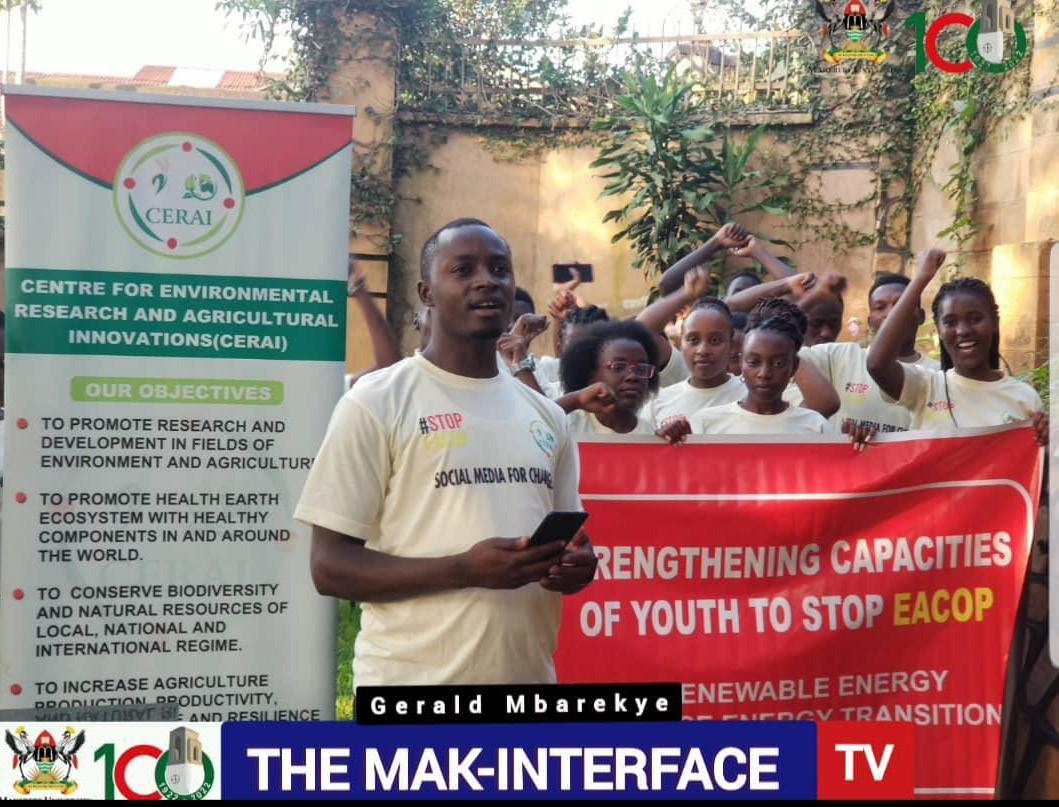
With a research grant from ORA, the project is kicking off this year with two sustainable agriculture demonstration sites and five agroecology gardens in five primary schools in Hoima and Kikuube districts. As the work grows, CERAI hopes that they will see the use of inorganic chemicals drop in half while food security is expected to go up to 30%. But, the human network is possibly even more important. The project is creating four new farmer groups in the districts of Buliisa, Kikuube, Hoima and Lwengo. Additionally, the project is establishing networks, forging alliances, and collaborating with policymakers and community leaders to create a strong network of practitioners working on this common cause of spreading the adoption of agroecological farming practices.
Moreover, it holds the power to establish a moral ecosystem that prioritizes resilience and community building.
These agroecology farming practices hold the potential to not only improve the livelihoods of participating farmers but also their ability to be resilient in the face of significant environmental changes. And, CERAI


“We are purposeful in our efforts to cultivate an ORA community,” says ORA Co-Director Andrea Frey, “Beyond our wildest dreams, ORA is uniting fellows, anchor organizations and networks to collectively shape a shared narrative for the future around the world.”
Starting in 2022, ORA has provided more than 18 research grants and awarded 42 fellowships to people working across the globe to support healing, justice, and resilience in the face of turbulent times.
OMEGA: omega.ngo
Omega Resilience Awards: ORAwards.org
The Resilience Project: omega.ngo West Marin Climate Action: westmarinclimateaction.org
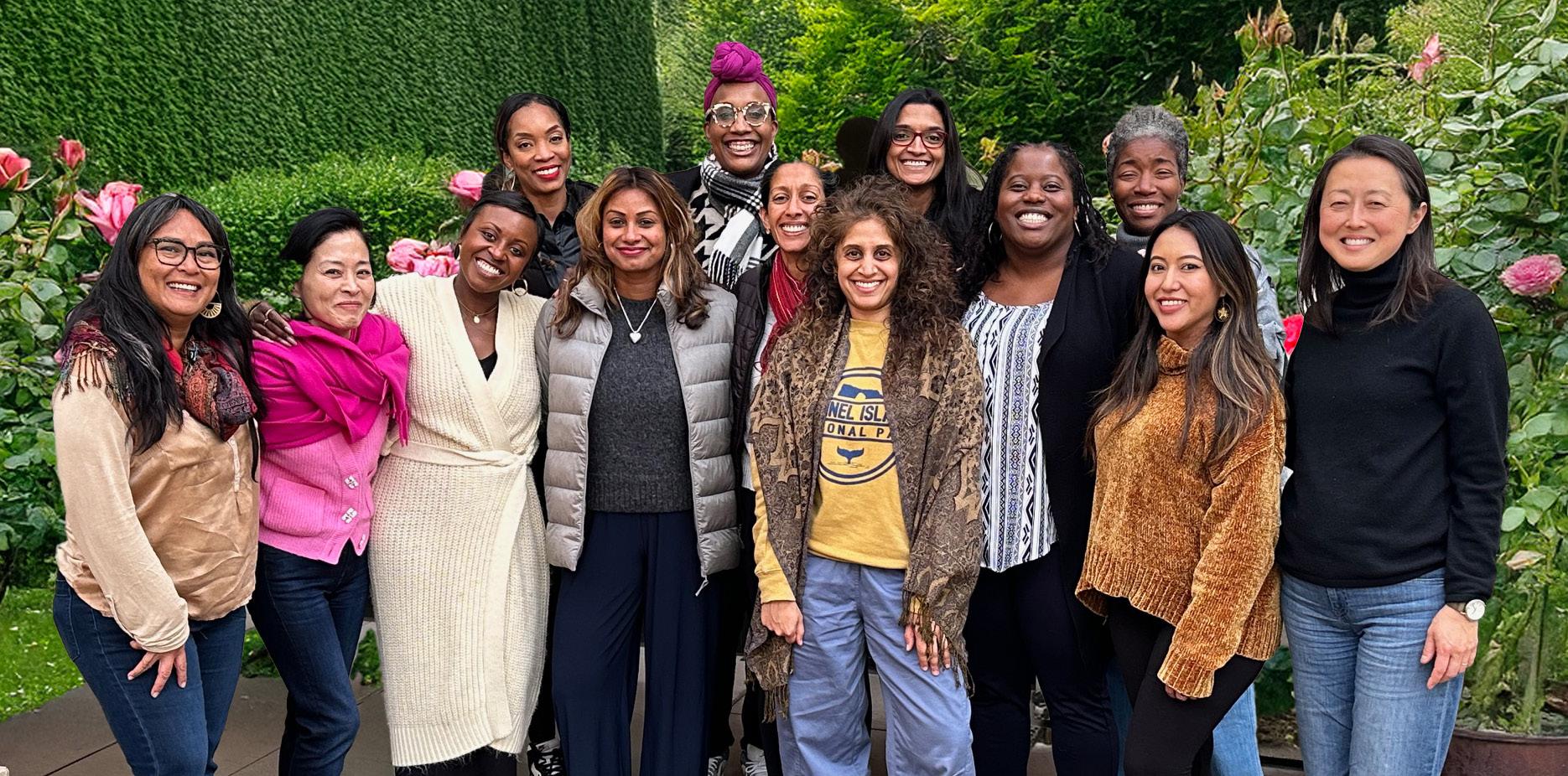
Earlier this year, in the serene Huntington Botanical Library and Gardens, while tourists snap photos and children chase butterflies through sun-dappled paths, 13 women of color meet in a circle of introspection and reflection in the first of five retreats. These are not ordinary visitors to this Pasadena sanctuary— they are social change leaders who have stepped away from the relentless demands of their missions to attend to something equally vital: themselves.
"We don't see things as they are; we see them as we are," reads a quote by Anais Nin on the wall of their retreat space. The quote is not a decoration; it's a cornerstone of the Platform Impact Leaders Fellowship, now in its fourth cohort, where transformative leadership begins with transforming the leader.
These five days mark the beginning of a deeply personal facilitated journey. Among the fellows, you will find environmental champions alongside advocates battling health disparities. There are leaders protecting endangered wildlife and others creating economic opportunities in underserved communities. One creates healing gardens within prison walls, while another uses music to bridge generational divides in communities. Their missions differ, but their needs align: space to breathe,
reflect, and rediscover their wholeness as leaders. "We owe it to each other to allow ourselves a wholeness the world may neither perceive nor encourage," proclaims another quote, by Judy Sorum. In a world that often demands compartmentalization, these words challenge the fellows to embrace their whole selves— vulnerability, strength, doubt, and determination alike.
For Ramya Sivasubramanian, a fellow in this year's cohort, the experience transcended expectations: "I came hoping for connection and personal growth, but received so much more," she



reflects. "There has been connection I could not have dreamed of with every individual and the collective. I feel a true sense of carrying and being carried by this community." She credits the program's facilitators— Alex Dorsey and Hyeon-Ju Rho—for creating "a vessel for our joy, tears, healing, and reflection" through thoughtful attention to every detail.
Fellow participant Sangeeta Ahluwalia speaks to this profound shift, but through the lens of personal power: "This has been nothing but earth-shattering for me. It has caused me to reflect on who I am and my value in the world, caused me to evaluate who I am in such a way that any room I walk into I have a greater sense of my value."
The impact ripples far beyond the retreat spaces. In monthly virtual retreats, alumni of the fellowship are reimagining their organizations and working together to grow cultures of wholeness and authenticity. "It’s inspiring the ways the alums are attuning to themselves and exploring the potential for holding transformative space for others as they take these practices into their organizations and communities," says Alex Dorsey, Platform Impact program director.
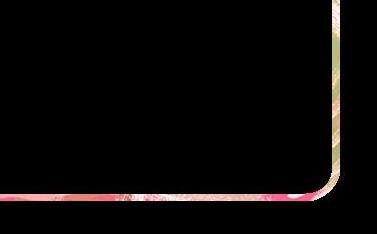
In an era of compounding crises, where burnout stalks even the most committed leaders, the Platform Impact
Platform Impact Leaders Fellowship is one program in the social justice and equity areas of Commonweal’s work. Others include:
Katherine
Steven
Serena Bian
Omar Brownson
Catherine Dodd
Jaune Evans
Robert
Angela Oh
Lisa
Leaders Fellowship offers a radical proposition: that the most effective social change leaders are not those who sacrifice their wholeness for their cause, but those who root their leadership in it. Each cohort graduates with new frameworks, tools, and, most importantly, a profound understanding that personal transformation and social transformation are inseparable. They carry this embodied wisdom into organizations and movements across the country, quietly revolutionizing what leadership can look and feel like.
As these 13 women look forward to their final retreat together, the seeds of transformation are already sprouting. They return to their communities not just refreshed, but reimagined—carrying new ways of seeing, being, and leading. The world's problems have not diminished, but these leaders have been encouraged to follow their path to changing the world that begins with the courage to change themselves. They step back into their work with a power that comes not from force or position, but from a growing trust in their own wholeness and in each other.
This work is made possible through the generosity of the Angell Foundation and Robert Wood Johnson Foundation President's Grant Fund of the Princeton Area Community Foundation.




Susan
Center for Healing and Liberation: centerforhealingandliberation.com
GoCompassion: gocompassion.org
Humane Prison Hospice Project: humaneprisonhospiceproject.org
Juvenile Justice Program: comjj.org
Movement Liberation Fund: movement-liberation.com
Octavia Fund: octaviafund.org
Platform Impact Leaders Fellowship: pileaders.org
Somos El Poder: somoselpoder.org
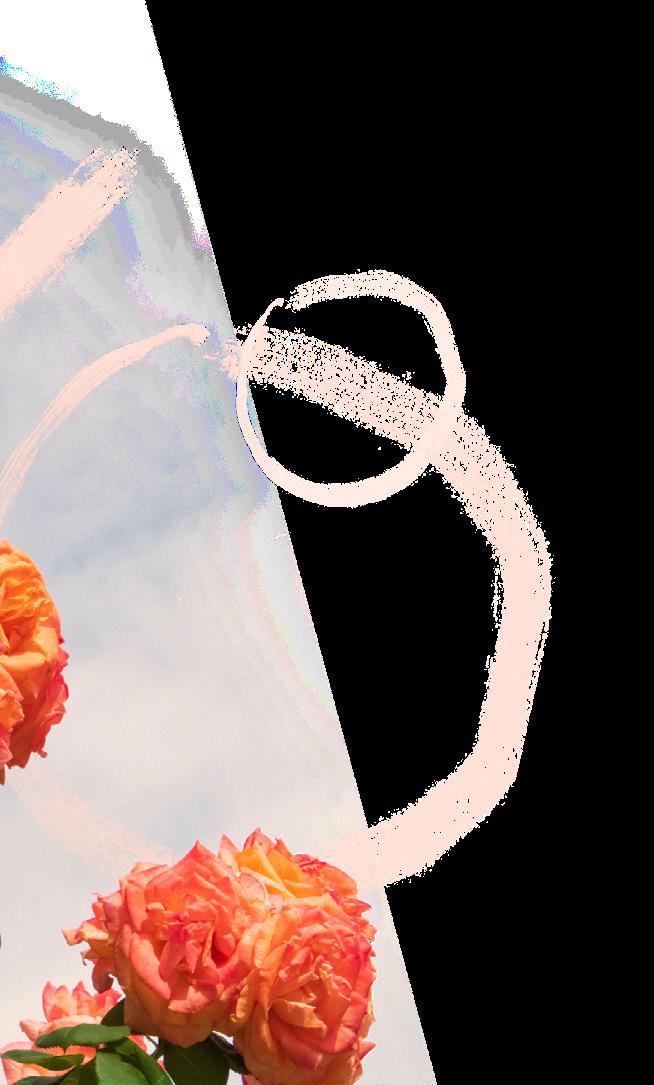
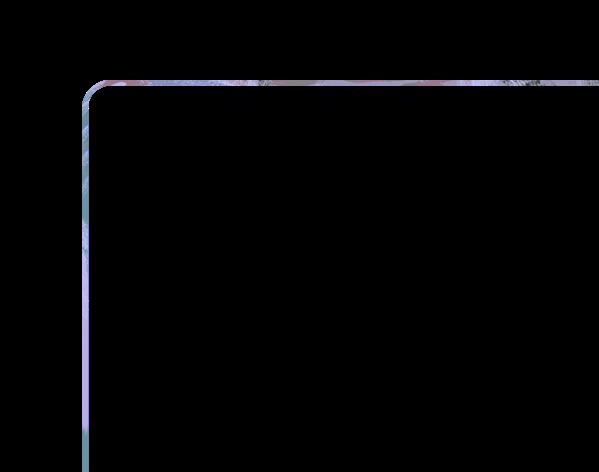
We express our deep gratitude to the following organizations that have supported Commonweal this year:
Alameda County Arts Commission
Alberta S. Kimball – Mary L. Anhaltzer Foundation
The Altman 2011 Charitable Lead Annuity Trust
Angell Foundation
Arizona Community Foundation
Aronson Foundation
As You Sow
The Bancroft Foundation
Bay Area Young Survivors
Benjamin Abelson Foundation Funds
Berggruen Institute
Bernier McCaw Foundation at Northern Trust
Bioneers/Collective Heritage Institute
Black Future Coop Fund
California Arts Council
California Breast Cancer Research Program
California Community Foundation
California Department of Corrections and Rehabilitation
Charities Aid Foundation of Canada
Chicago Community Trust
Church Divinity School of the Pacific Clementine Fund
The Cold Mountain Fund of RSF Social Finance
Compton Foundation
County of Marin
Distracted Globe Foundation
Dune Road Foundation
EDL Northwest Fetzer Institute

Fidelity Charitable Catalyst Fund
Firehouse Fund: Cultivating Sparks
Forsythia Foundation
GoCompassion
Goodnation Foundation
Harbinger Foundation
The Heinz Endowments
The Hobson Family Foundation
Hobson/Lucas Family Foundation
Jenifer Altman Foundation
Jewish Liberation Fund
John D. and Catherine T. MacArthur Foundation
Jonas Philanthropies
Jubilation Foundation at Tides Foundation
Kalliopeia Foundation
Kataly Foundation
Legacy Collective
Maine Community Foundation
Marin Community Foundation
Mobius
Muriel Murch Full Circle Endowment Fund
National Cancer Institute
New Pluralists Collaborative
Oak Foundation
One Project
The Patchwork Collective
Peaceful World Foundation
Public Welfare Foundation
The Rita and Alex Hillman Foundation
Rockefeller Brothers Fund
Safeway Foundation
Satterberg Foundation
Scheidel Foundation
Schoepflin Stiftung Fund (Loerrach)
Silicon Valley Community Foundation
So Hum Foundation
Standard ACE 5 and 10
Susie Tompkins Buell Fund
Sylvan C. Coleman Trust
Szekely Family Foundation
Target Foundation
Tides Foundation
To Celebrate Life Breast Cancer Foundation
U.S. Bank
UC Davis - Western Center for Agricultural Health and Safety
University of California, San Diego
Varian Medical Systems
Vision2Voice Healthcare Communications
W.K. Kellogg Foundation
Walnut Fund
Wend II Inc
West Marin Fund
Whidbey Island Center for the Arts
William and Flora Hewlett Foundation
Women's Earth Alliance
You Have Our Trust Fund
We offer special thanks and gratitude to the following Commonweal Friends for their generous contributions of $1000 and above during the last year:
Dr. Frank Adams & Dr. Maureen Swenson
Lisa Alumkal & Paul Markovich
Robert & Carol Baird
Carol Banquer
Bill Barnes
Kathleen Barry
Zane Behnke
Jill Blair & Fay Twersky
Steven Bookoff
Penelope & Terry Bourk
Omar & Kim Pattillo Brownson
Caitlin Brune
Bonnie Burt & Mark Liss
Steven & Krista Call
Alison Carlson
Ed & Leslie Carveth
Mary Chigos
Deborah Ching
Maureen Chrystal & Michael Neff
Joyce Chung
Timothy Clark
Daniel Conroy
Mark Daniels
Gun Denhart
Bob & Karin DeSantis
James Dreyfous
Barbara Dunn & David Wilder
Catherine Dussault
Molly & Chandler Eason
Bruce Eisenberg MD
Stephen English
Jaune Evans
Peter & Melissa Evans
Dawn Fairbanks
Leo Farbman
Ulrike Faubert
Melissa & Andrew Felder & Family
Elizabeth Fenwick
Susan Fetcho
Kristina Flanagan
James Forbes
Jeremiah & Carolyn Fine Friedman
Sid & Nancy Ganis
Kevin Gay & Ramona Hanes
Bing Gong & Eleanore Despina
Eleanor Goodman
Sally Goodwin
Cynthia Graham
Stasia Grose
David & Joan Grubin
Thordis & Gary Gulden
Linda Gulker
Harry & Shirley Hagey
Meg & Gary Hirshberg
Chris Hitt & C. Kay Briggs
Brent Hutchings
Milicent Johnson
Krystyna Jurzykowski
Rebecca Katz & Gregg Kellogg
S. Joel Kaufmann
Tracy Anne & Joel Kent
Carol Kerley & Linda Dunham
Ellen Kerr
Sanford Koltonow & Mary Schlaff
Marty Krasney
Trish & Larry Kubal
Alexander Kushner
Ellen Labelle
Harry Lasker
Tanya Lasuk
Esther Lee
Susan Leonard
Roger & Florence Liddell
Diana Lindsay
Sara Lovell
Lynnaea Lumbard & Rick Paine
Peter Lyman
Rose-Vincent Lyon
Jonathan MacQuitty & Laurie Hunter
Scott Mallan
Dylan Marriner
Chloe Martin
Suzy McIntosh
Josephine Merck
Harrison Miller & Clare McCamy
Jerry Millhon
Tara Milliken
Suzanne Mondello
LeAnne Moss
Lawrie Mott
Pete & Lois Myers
Judy & Richard Nagelberg
Kathy Obersinner & James Gage
Teri O'Donnell
Anil Pal Kochhar
April Paletsas & Holly Strasbaugh
Eliza Perkins & Joseph Osborn
Charlie Pieterick and Marcie Rubardt
Jean & Gary Pokorny
Daniel & Mallory Postaer
Jim & Caren Quay
Andrea Rabinowitz
Richard & Nancy Robbins
Alice Rose
Chris Sanchirico
James Sargent
Miki Scheidel
Miyuki Scheidel
Pamela Schell
Wayne Silby
Meg Simonds & Mark Butler
Linda Small
Jesse Smith & Annice Kenan Smith
Jim & Fawn Spady
David Spaw
Elizabeth Starmann
Mary Stephens
Richard Sternberg
Jenepher Stowell
Sara Stuart
Toby Symington
Lois Talkovsky
Cara Taylor
Peggy Taylor & Rick Ingrasci
Mary Ann Tebbe
Susan Thames
Claire Theobald
Bob Thomas & Polly Hoppin
Candace Tkachuck & Donald Guthrie
Keri & Griff Tully
Debora Valis & Steve Shapiro
Lucy Waletzky
Caroline & Fong Wang
Ian & Victoria Watson
Marion Weber
Sharon Weil
Barbara Wiener
Suzanne Wilcox
Beverly Williams-Hawkins & Dora Robinson
Marianne York
Stephen Zilber
Scoby Zook
The notion of consciousness as embedded in cosmos has been with us since our earliest human origins. It has a distinguished pedigree in indigenous, Eastern and Western traditions. In the West it comes up through Thales, Plato, Plotinus, the Stoics, Gnosticism, Spinoza, Leibnitz, Russell, William James and, in our time, many more.
While the materialist paradigm that denies all this remains ascendant, a rebirth of interest in the ubiquity or even primacy of consciousness in the cosmos is well attested. If consciousness and cosmos are inextricably entwined, what does that mean for our work in healing ourselves and healing the earth? That was my original vision of Commonweal.
Many of my colleagues have changed the language of my original vision to healing ourselves and healing the planet. I respect their intention but there is a subtle difference between these formulations. Healing the planet sounds like an unfathomably immense intention. Healing the earth, by contrast, can be read in a more humble, local, even personal way. Planting a garden is healing the earth. Protecting a forest or a stream is healing the earth. Healing the earth is within our scope,
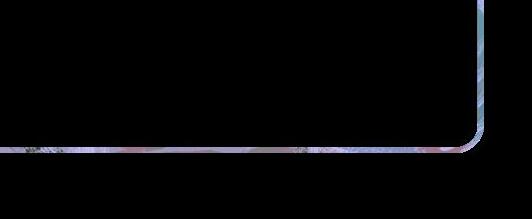
California Nurses for Environmental Health & Justice
Commonweal Cancer Help Program
CancerChoices
Center for Dying and Living
Center for Ethical Land Transition
Center for Healing and Liberation
Collaborative for Health & Environment
Commonweal Retreat Center
Courage & Renewal Network of Northern California
The American Public Trust
Foundation for Embodied Medicine
GoCompassion
Healing Circles Global
Healing Circles Healthcare
Healing Circles Houston
Healing Circles Langley
Healing Yoga Foundation
Humane Prison Hospice Project
Commonweal’s site is sacred land. It is sacred earth. Anyone who visits has experienced this truth. Anyone who visits the Commonweal Garden knows the healing power that 50 years of care for that small piece of the earth has co-created.
We cannot consecrate the Commonweal land. But we can strive to be worthy of it. That has been our work for the past half century. That remains our work for the next 50 years as well.
So, dear friends, I am in no way leaving you or leaving Commonweal. I’m simply turning over the tiller of our small craft to Oren and a very worthy crew. I’ll be with you, beside you, among you for as long as I am useful to our work. And even beyond that, I’ll stay as close as I can.
As Gary Snyder says, “stay close—and know the flowers.”
Love and prayers,

Michael Lerner
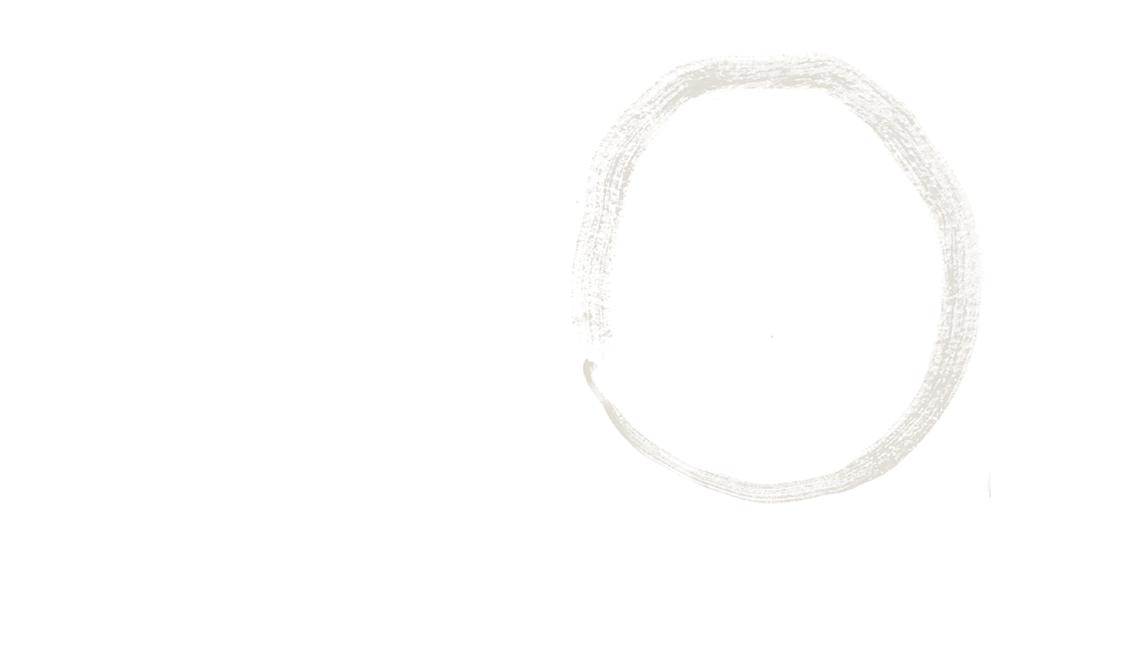
Innovative Learning and Living Institute
Integrative Law Institute
Kids and Caregivers
Michael Lerner Archives
Migrant Support Project
Movement Liberation Fund
Natura Institute for Ecology and Medicine
Octavia Fund
OMEGA
OMEGA Resilience Awards
Partners for Youth Empowerment
Platform Impact Leaders Fellowship
Power of Hope
project SOUL
Retreat Center Collaboration
SafetyNEST Science
Somos El Poder
Syntropy Healing and Research
Taproot Gathering
The New School at Commonweal
The Resilience Project
Visual Thinking Strategies
West Marin Climate Action
West Marin Review
